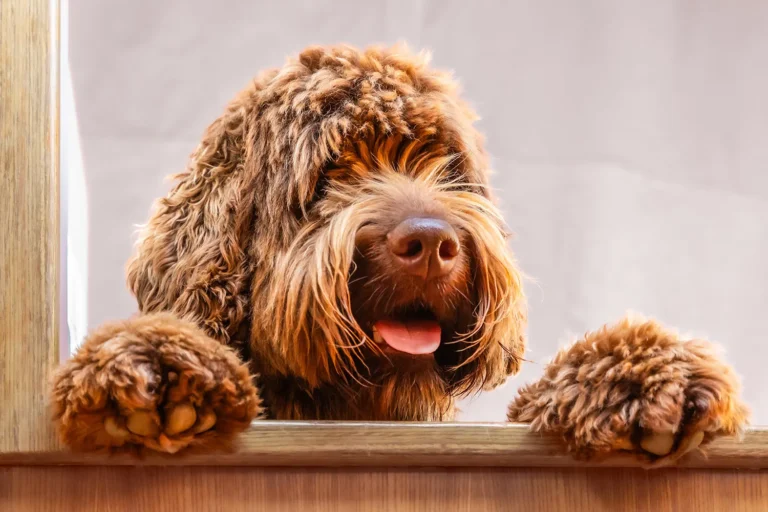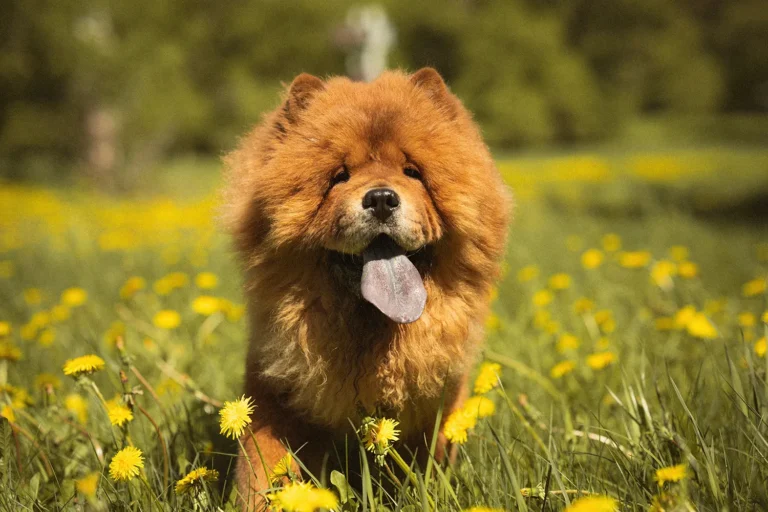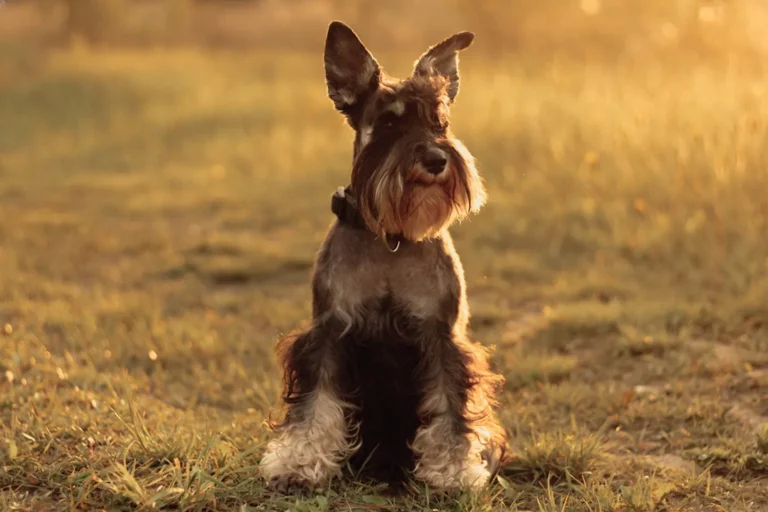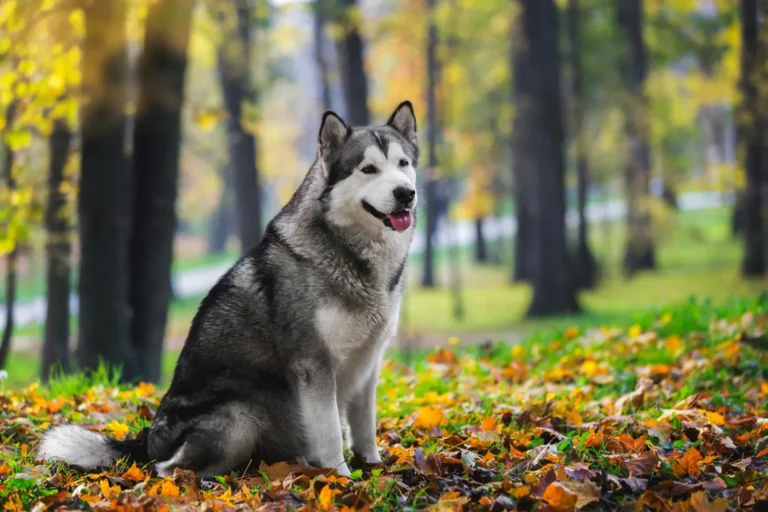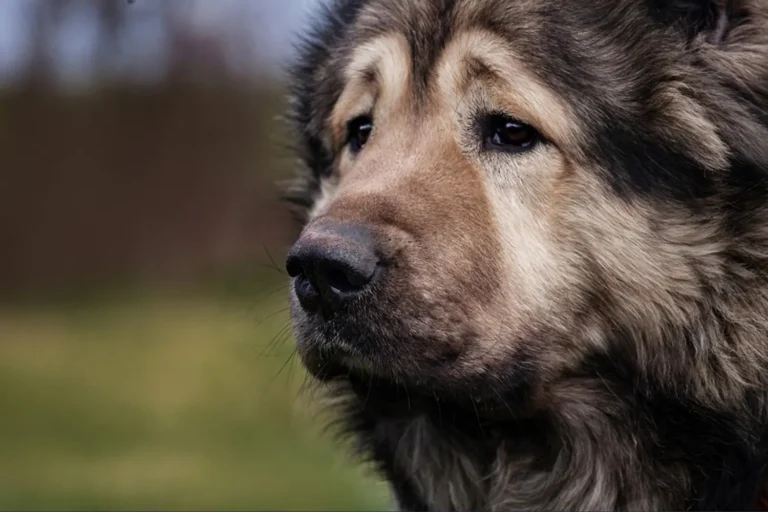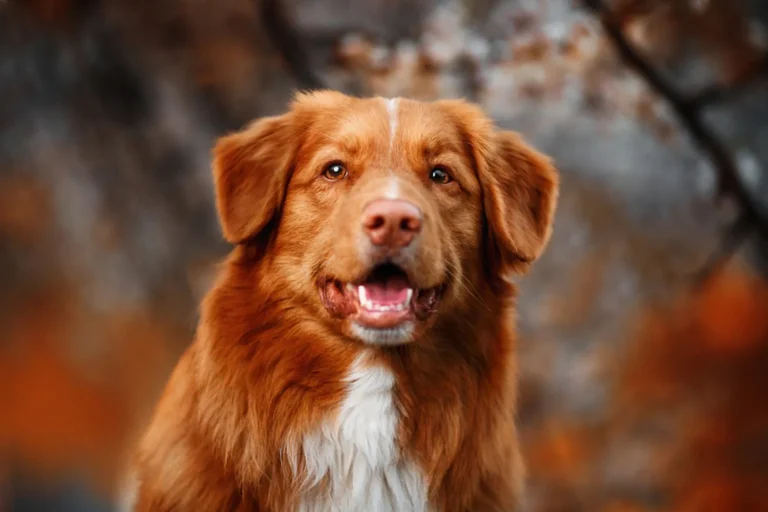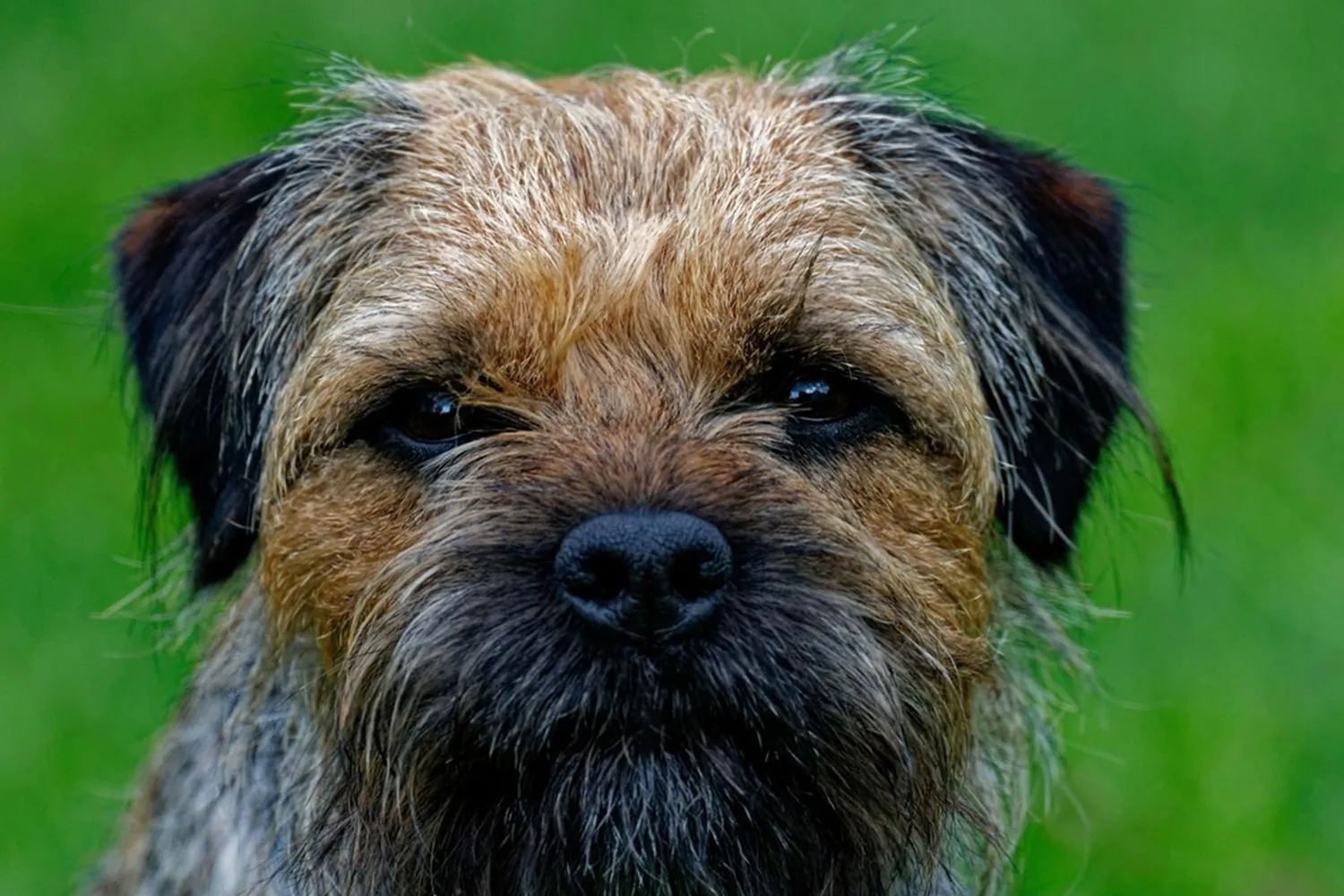
The Border Terrier is a small, scruffy charmer with a wiry coat and that adorable broad head that looks permanently tousled. Hailing from the United Kingdom, they’re the kind of dog that will curl into your lap after a lively romp, offering a gentle, loving nature beneath the rough and ready look. I used to dog sit one named Finn who’d greet me with a wagging whole body wiggle and then promptly steal my sock with great pride.
Of course, there’s a stubborn terrier streak in there too. Keep training short, upbeat, and full of rewards these dogs respond best to positive reinforcement and consistency. A secure yard and a leash are wise, since their curiosity (and small critter radar) can kick in fast. Grooming is simple: a weekly brush and occasional hand stripping keep that wiry coat neat without losing its weatherproof feel. Add puzzle toys or scent games to their routine, and you’ll have a happy, affectionate little companion who loves a job just as much as a cuddle.
History and Origin of the Border Terrier
Picture the windswept hills and stone walls of the Scottish English border, and you’ll understand why the Border Terrier turned out the way it did: sturdy, game, and built for real work. Bred in the rugged border country and closely related to fellow locals like the Bedlington Terrier and the Dandie Dinmont, the Border was shaped by farmers who needed a very particular kind of partner.
In the 19th century, Scottish and English farmers were dealing with crafty predators and rough terrain. They wanted a dog that could be intelligent and loyal around the farm, athletic enough to run with horses across moor and field, yet small and determined enough to slip into a fox den when the trail went underground. Popular foxhounds of the era were brilliant on open chases, but they just couldn’t handle the “go to ground” part of the job. So breeders in the border country selected for stamina, loyalty, and agility dogs that could trot all day, think on their feet, and still curl up by the fire at night. The result was the Border Terrier.
I once chatted with a farmer near the Cheviot Hills whose wiry little Border, Sprout, would jog behind the quad bike for miles, then vanish under a fence without breaking stride. “If their head fits, the rest will follow,” he laughed and it’s true. That trait shows up in modern homes too. A little advice: keep an eye on gaps in your fencing and expect a bit of digging. Their history also means they thrive on purpose; scent games, long hikes, and a good recall practice will make your Border glow with pride.
As the breed’s usefulness and charm became clear, official recognition followed. The United Kingdom’s Kennel Club recognized the Border Terrier in 1920, and the Border Terrier Club formed that same year. The American Kennel Club registered the breed in 1930, and Borders slowly trotted into the hearts of families far beyond the hills where they started.
Today, the Border Terrier is beloved around the world and remains especially popular in the United Kingdom. I remember meeting three on a single damp morning in a London park each with muddy whiskers, bright eyes, and that unmistakable “ready for anything” bounce that hints at their hardworking past.
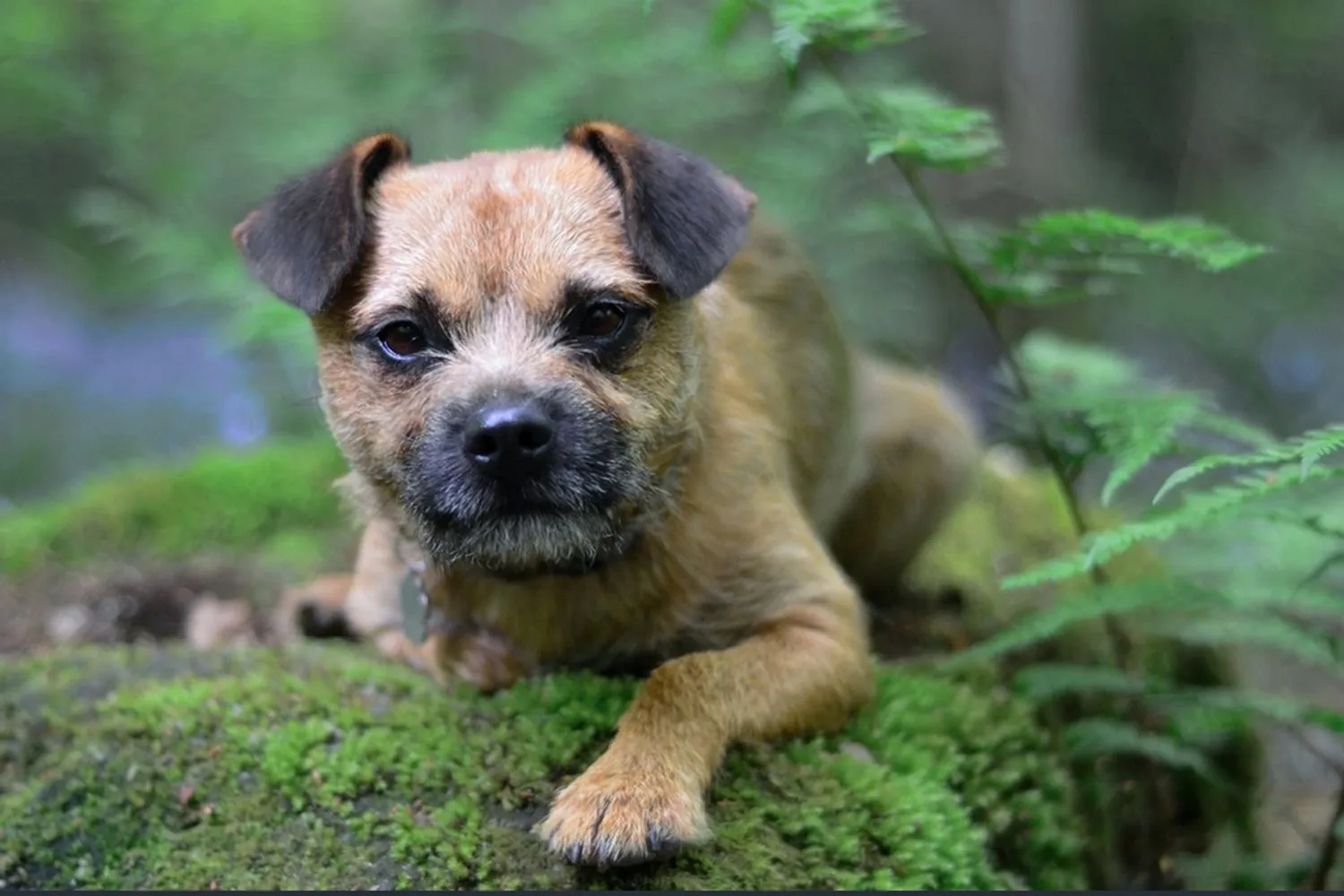
What Is the Border Terrier Breed?
Small dog, big spirit that’s the Border Terrier in a nutshell. Around their families they’re gentle and sweet, the kind who want to be part of every errand and couch cuddle. Don’t let the size fool you, though. Under that scruffy, endearing face is an athlete who loves a job. I remember a neighbor’s Border Terrier who would zoom through backyard agility jumps, then trot inside and curl up like a little hot water bottle at your feet.
These dogs thrive in sports because they’re eager to please and naturally athletic. Agility, rally, earthdog give them a task and they light up. Like many terriers, they come with a touch of stubbornness. If a squirrel starts a debate, they might vote with their paws. Keep training upbeat and short, use plenty of rewards, and you’ll see just how obedient and quick they can be. I like to mix recall practice with tug or a quick game of “find it” to keep that sharp little mind engaged.
Adult Border Terriers are sturdy and strong, with a wiry, weather resistant coat that shrugs off rain and brambles. They’re alert, agile, and good natured ready for a brisk walk one minute and a nap the next. A weekly brush and some muddy paw wipe downs usually do the trick. Give them daily exercise, a few puzzle toys, and lots of companionship, and you’ll have a cheerful, loyal buddy who’s always up for your next adventure.
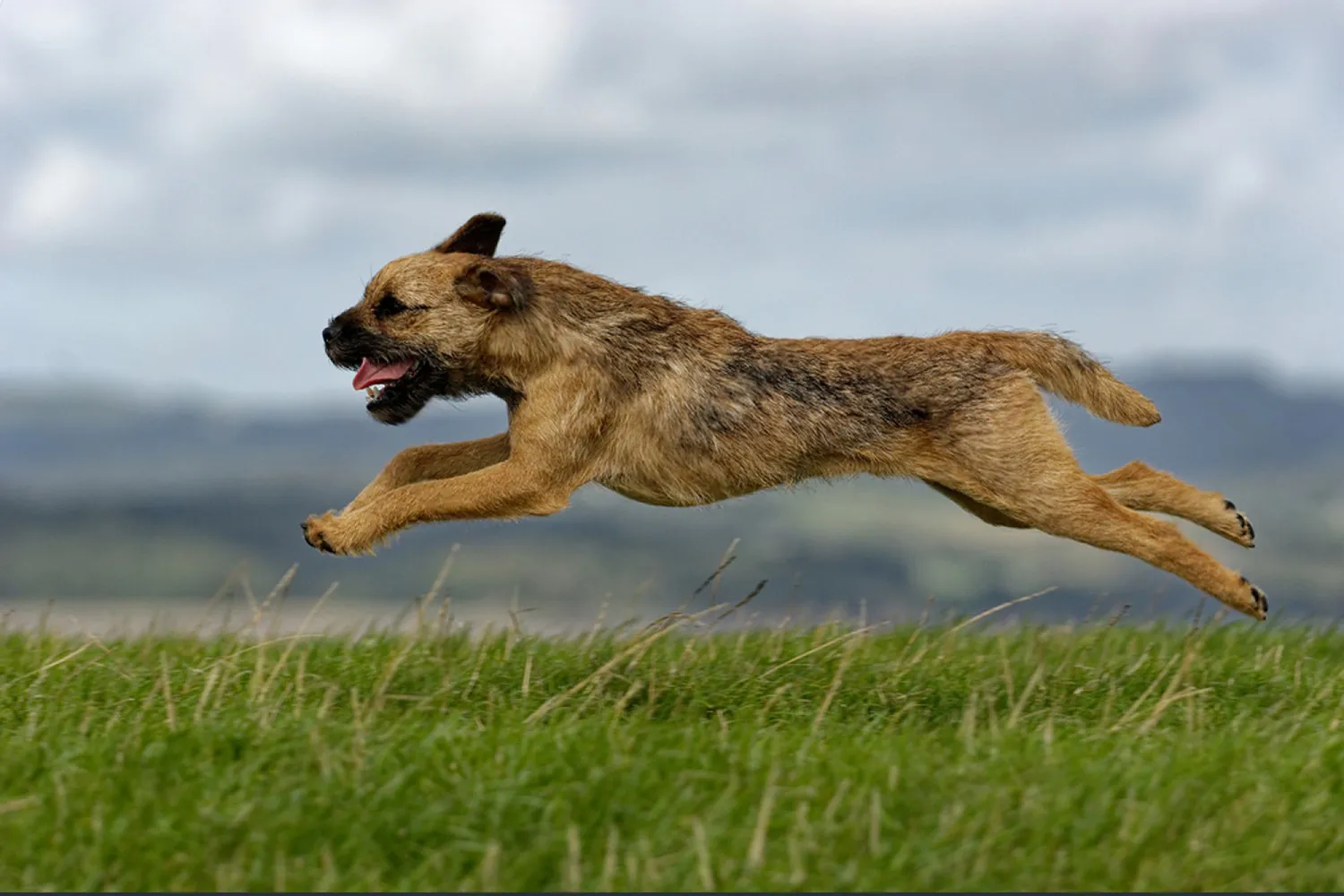
Who Is a Border Terrier Best For?
If you like an energetic little sidekick who can switch gears from city strolls to weekend trail adventures, a Border Terrier might be your kind of dog. Even in an apartment, they do just fine as long as you’re consistent about exercise. On most weekdays, a brisk 30-minute walk will cover the basics, but these guys absolutely light up on longer runs and hikes. I used to take my friend’s Border, Tilly, on early morning “sniffaris” around the block before work and save a longer park loop for the evening she’d nap happily under my desk after. Give them a job, even a small one, and they’re golden.
With families, Borders are generally loving and sturdy, but they can be a bit nippy, especially around very young children and babies who move fast and squeal. Training goes both ways here. Teach the dog to take treats gently and settle on a mat; teach the kids to pet softly, keep fingers out of faces, and let the dog rest. I swear by baby gates, a safe crate space, and a “trade” game for toys. When my nephew visited, we set a rule: if the pup gets wiggly or mouthy, everyone pauses and switches to a tug toy tiny teeth, big feelings!
They’re usually friendly with other dogs, but that terrier prey drive can kick in around small animals. If you’ve got cats, rabbits, or pocket pets, plan for careful, gradual introductions and management. A long line, rock-solid recall, and plenty of scent games or a flirt pole help channel that chase instinct into something constructive. I learned the hard way not to trust off leash time near squirrels those little legs can move.
Borders don’t love being left on their own for long stretches. Boredom plus brains equals escape artist. They jump, they dig, and they squeeze through gaps you didn’t know existed. Secure your yard with tall fencing and dig proof edges (I buried wire and laid pavers after Tilly tunneled under to greet the neighbor’s chickens mortifying!). For apartment life, rotate puzzle feeders, plan dog walker visits, practice calm alone training in small doses, and give them a real workout before you head out. Keep them engaged and close to your routine, and you’ll have the happiest scruffy shadow at your heels.
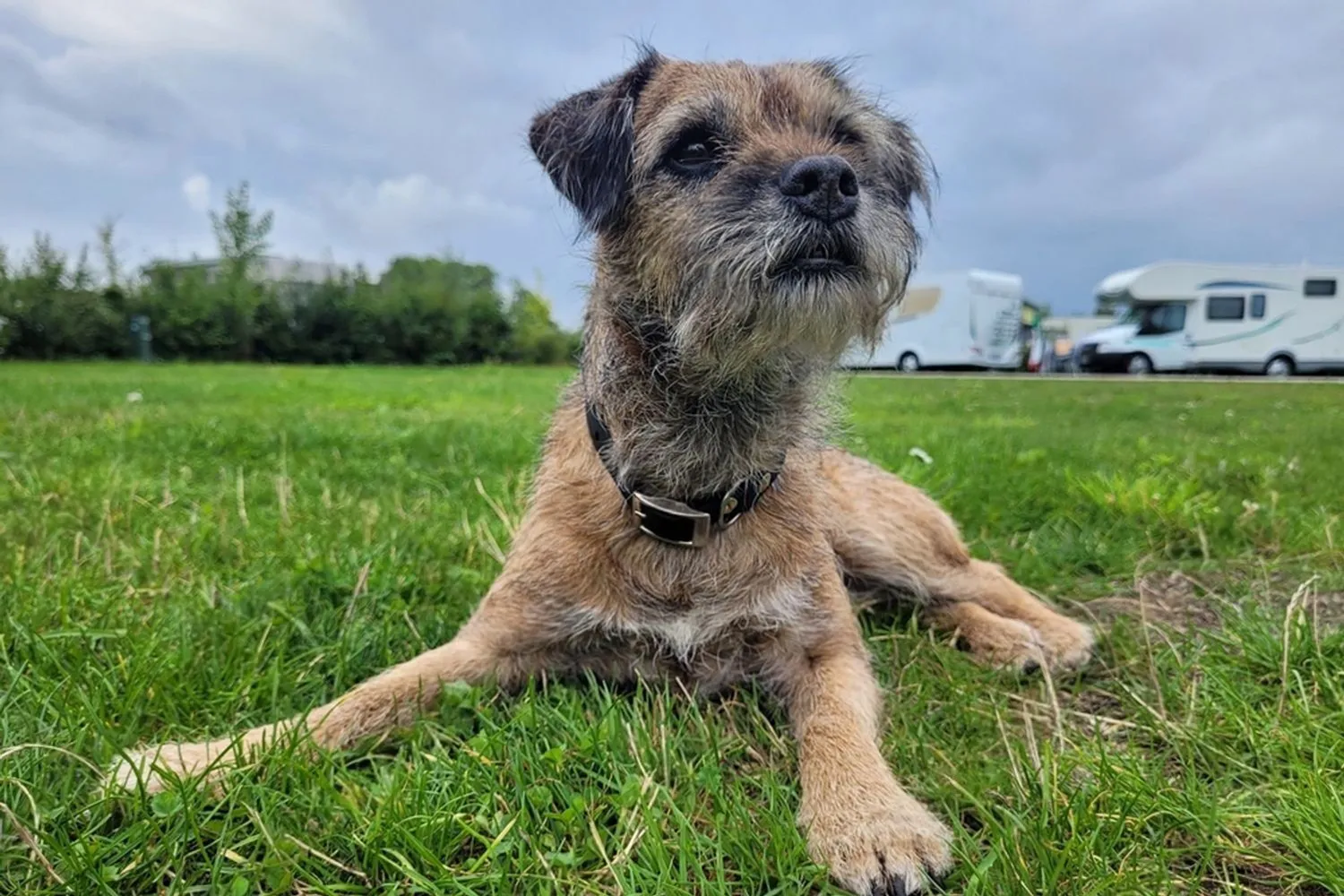
Border Terrier Grooming & Shedding
That scruffy, foxlike coat is more than just adorable it’s clever, too. Border Terriers have a double coat: a soft, insulating undercoat and a wiry, weatherproof topcoat. Day to day, they’re pretty low maintenance. A solid brushing 1-2 times a week keeps dead hair moving out and helps spread those natural oils that make the coat do its job. On weeks when we hike through brush, I bump it up to every three days. These little adventurers are magnets for burrs and twigs; I keep a small comb in the car just for the post trail tidy up.
For routine brushing, I like a soft slicker or a bristle brush for the body and a metal comb for those sneaky spots behind the ears, armpits, and around the tail. Work in the direction of hair growth and keep it light you’re neatening, not fluffing a Poodle. A breeder I chatted with in California swore by quick, frequent touch ups rather than epic grooming marathons, and my shoulders agree.
Now, shedding. Borders aren’t big shedders most of the year, but some will “blow” their coat twice annually. During those seasons, a few minutes of hand stripping each day can keep your home from turning into a fur snow globe. Use a stripping knife, stone, or even rubber finger cots to gently pull the loose, ready to go hairs from the outer coat. I do it while watching a show ten minutes here and there beats one exhausting session later. Hand stripping helps maintain that wiry texture, too.
The best part about that tough outer coat? It naturally repels dirt. Frequent baths can strip the oils that make it work, so I mostly skip the tub. Instead, I wipe my Border down with a damp cloth and then brush. On truly muddy days, I’ll rinse paws and undercarriage, towel dry, and call it good. A microfiber towel by the door has saved my floors more times than I can count.
Don’t forget the little things that make a big difference. Check ears weekly for dirt or a yeasty smell; a quick wipe with a vet recommended ear cleaner keeps trouble away. Nails usually need a look once a month if you hear that telltale click on hard floors, it’s time for a trim. I use a grinder for small, safe increments. And yes, daily teeth brushing is the gold standard. I keep a finger brush and poultry flavored toothpaste next to the leash so I remember to do it after our evening walk. A minute a day now means far fewer vet bills later.
Keep it simple, keep it consistent, and your Border Terrier will look smart, feel great, and be ready for whatever adventure you’ve got planned next.
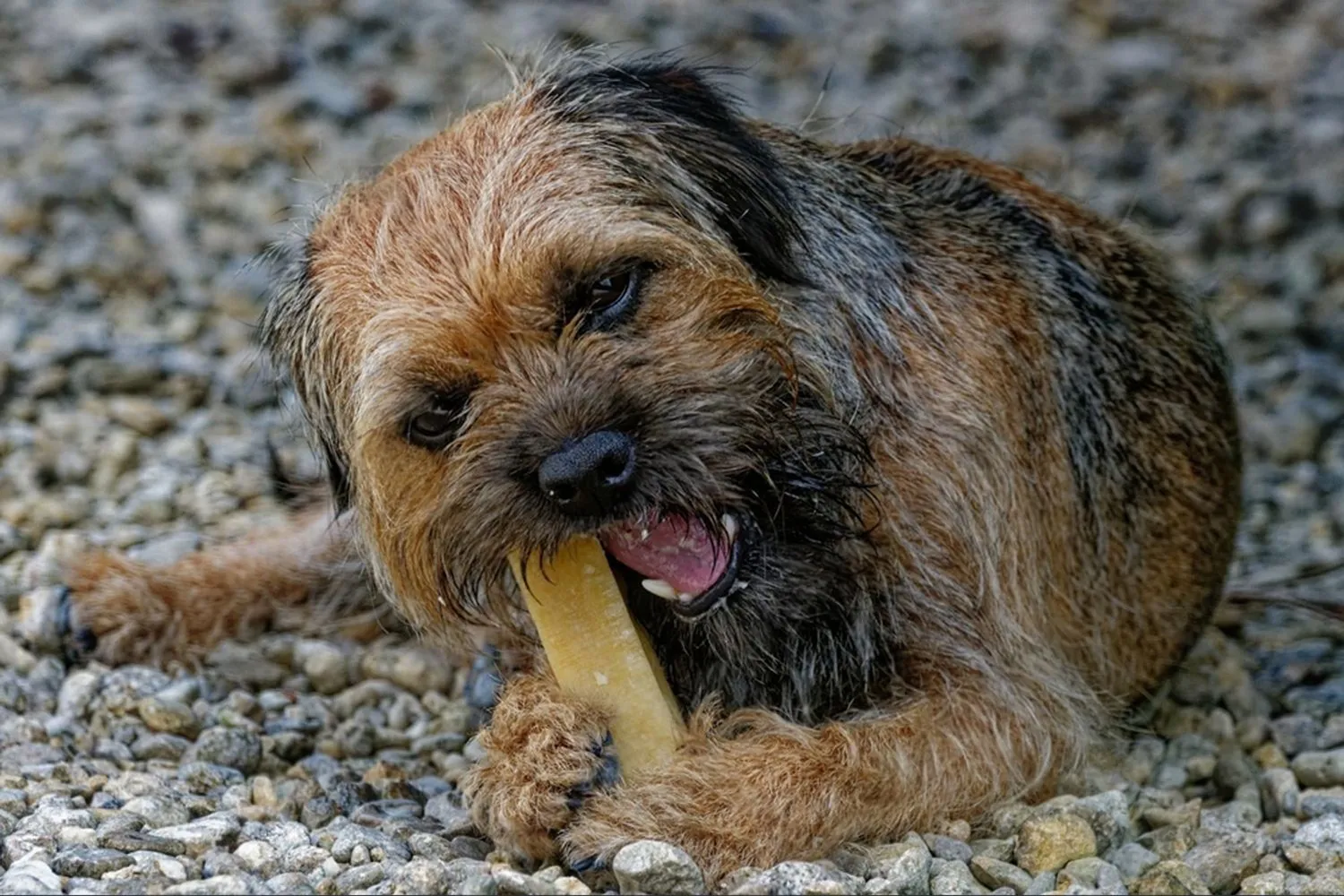
Do Border Terriers Bark a Lot?
Short answer: yes, Border Terriers are on the chatty side compared to many breeds. It’s not usually random noise, though. These little workers are alert and tuned in to the world, so their bark tends to have a purpose. New sights and sounds can flip the “announcement switch”: the delivery truck, a neighbor’s cat slinking along the fence, even a garden gnome that wasn’t there yesterday. When they’re comfy at home, many Borders settle nicely and won’t bark just to hear themselves. I used to dog sit a Border named Pippin who could snooze through a thunderstorm, but the second the gate latch clicked boom security officer on duty.
They’ll also speak up when their feelings are involved. Left alone too long, a Border Terrier may bark out of loneliness, frustration, or plain old boredom. Even if you’re home, leaving your dog alone in the yard can trigger a “Hey, let me back in!” chorus. My friend’s Border learned to tap the back door with one paw and then add a single bark polite, but still a bark until someone opened up.
A few tips that help:
– Give their brain and body a job. Sniffy walks, brief training sessions, and puzzle feeders take the edge off the urge to vocalize.
– Teach “quiet” after “speak.” Mark a second of silence with a treat, then build up the time. It feels like magic the first time it clicks.
– Manage triggers. Close curtains facing busy streets, add white noise, and bring them inside before yard patrol turns into a barking loop.
– Practice short, positive alone times. Start with minutes, not hours, and leave a safe chew or stuffed Kong to make solo time feel worthwhile.
With consistency and a bit of Terrier savvy management, you can keep a Border’s bark useful rather than nonstop and still enjoy that lively little narrator by your side.
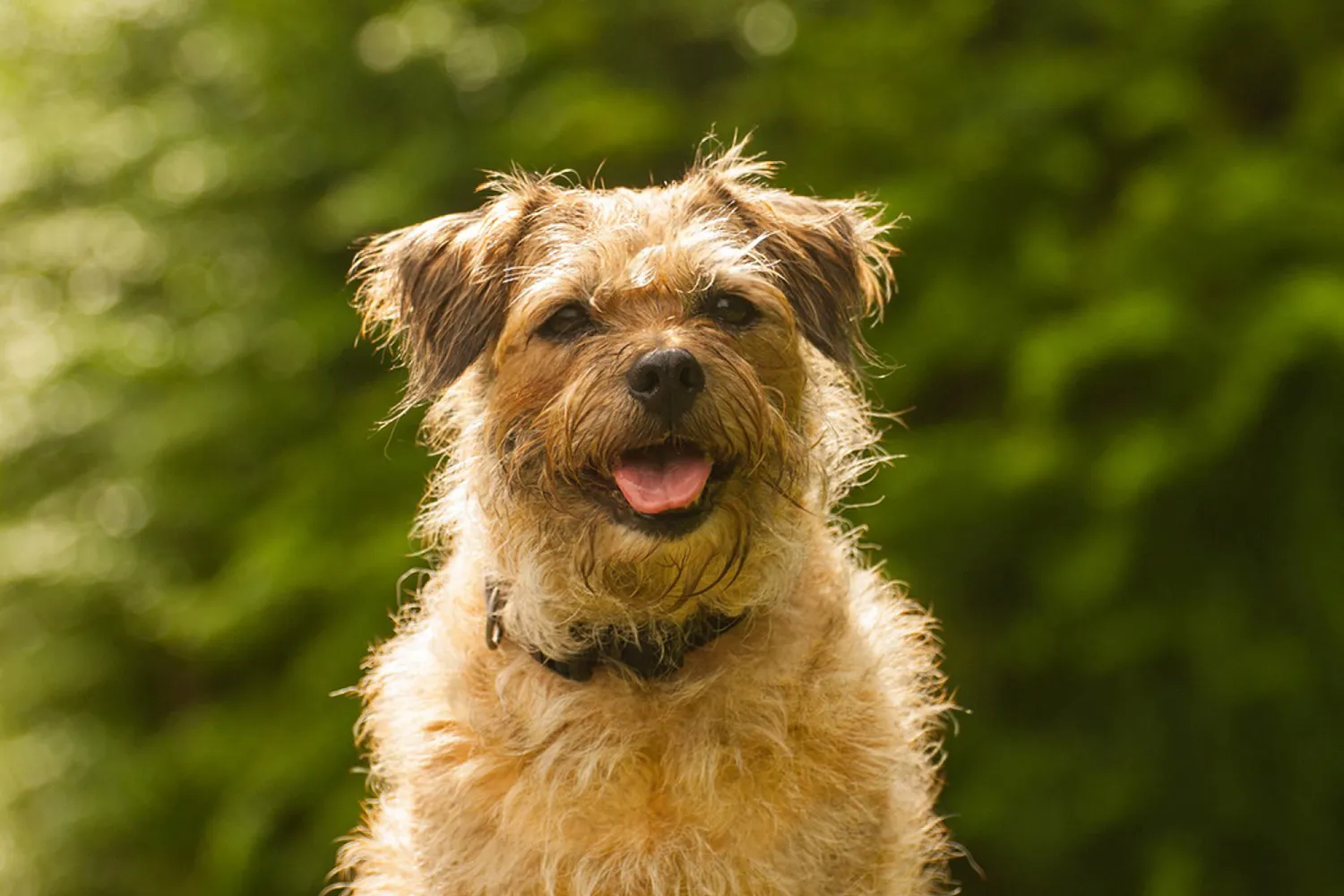
What’s the average weight and height of a Border Terrier?
Most Border Terriers are delightfully compact. On average, males weigh about 5.9 to 7 kilograms (around 13 to 15.5 pounds), while females typically come in at 5.2 to 6.4 kilograms (about 11.5 to 14 pounds). In height, both boys and girls stand roughly 30.5 to 38 centimeters at the shoulder (about 12 to 15 inches). That sweet spot of “small but sturdy” is exactly why they work so well for active families and for individuals who want a lively sidekick without a lot of bulk.
I always tell new owners that a Border Terrier feels like carrying a sack of flour easy enough to scoop up for the car or a quick lift over a muddy puddle, but still solid and athletic when it’s time to hike. My friend’s Border, Pickle, could do a five mile trail like a champ and then curl up into the tiniest donut on the couch. They’re portable without being fragile, which is part of their charm.
A quick tip on keeping them at a healthy weight: you should be able to feel their ribs with a light touch and see a slight waist from above. If the ribs are hiding, it’s time to trim the treats and add a few extra minutes to walks. Puppies usually reach their adult height by about a year and fill out by 12 to 18 months, so don’t panic if your youngster looks a bit lanky at first. For gear, measure chest girth before buying harnesses or coats sizes can vary a lot by brand. Keep portions consistent, use tiny training treats, and give them daily outlets for that terrier energy; their compact size makes them easy to manage, but their enthusiasm is full size.
https://en.wikipedia.org/wiki/Border_Terrier
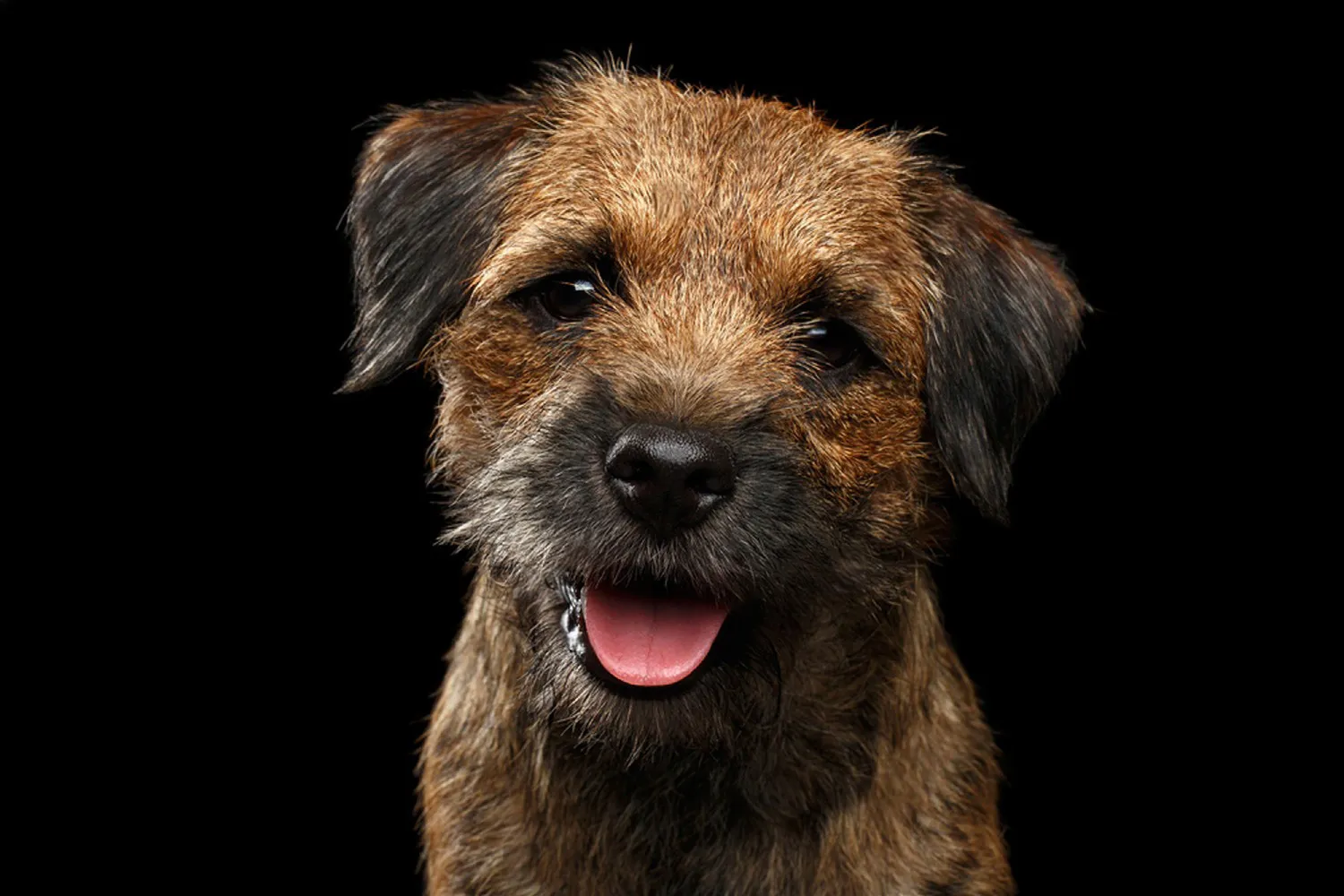
Are Border Terriers Easy to Train?
Give a Border Terrier a job and they light up. They’re bright, quick on the uptake, and genuinely enjoy making their people happy. That eagerness pairs nicely with training so long as you use kind, reward based methods and keep things fun. Ask for a sit, offer a bit of chicken, and you’ll often see those wiry little eyebrows lift as if to say, “What’s next?”
Now, they’re still terriers. That means there’s a streak of independence in the mix, and some can be a little headstrong. If you skip early training, they’ll happily write their own rules, especially as teenagers. Short daily sessions, clear boundaries, and a sense of humor make all the difference. I like to rotate between treats and a favorite tug toy one time I swapped to a squeaky ball mid session and watched a lightbulb go on.
Obedience classes are a great idea for puppies and adults alike. You’ll get hands-on coaching in positive reinforcement and a safe place to practice around other dogs and people. When I took a friend’s Border to class, we spent as much time rewarding calm greetings as we did sits and downs, and the social confidence that came from those sessions was priceless.
These dogs shine in canine sports. Agility, rally, and other active games tap into their athleticism, endurance, and “let’s do this” attitude. I’ll never forget a little Border in our agility fun run who rocketed through tunnels like he’d been waiting his whole life for that moment. Give them a job and they pour their heart into it.
Do expect challenges around other animals. Borders have a strong prey drive, and that can make life with cats or small pets a poor match. Training impulse control helps think solid recall on a long line, leave it, and lots of enrichment but management is essential: secure fences, leashes outdoors, and no unsupervised time with small animals.
With early, consistent training and plenty of rewards, most Border Terriers are wonderfully teachable. Keep sessions upbeat, channel that busy brain into sports or puzzles, and you’ll have a scruffy teammate who learns fast and loves the work.
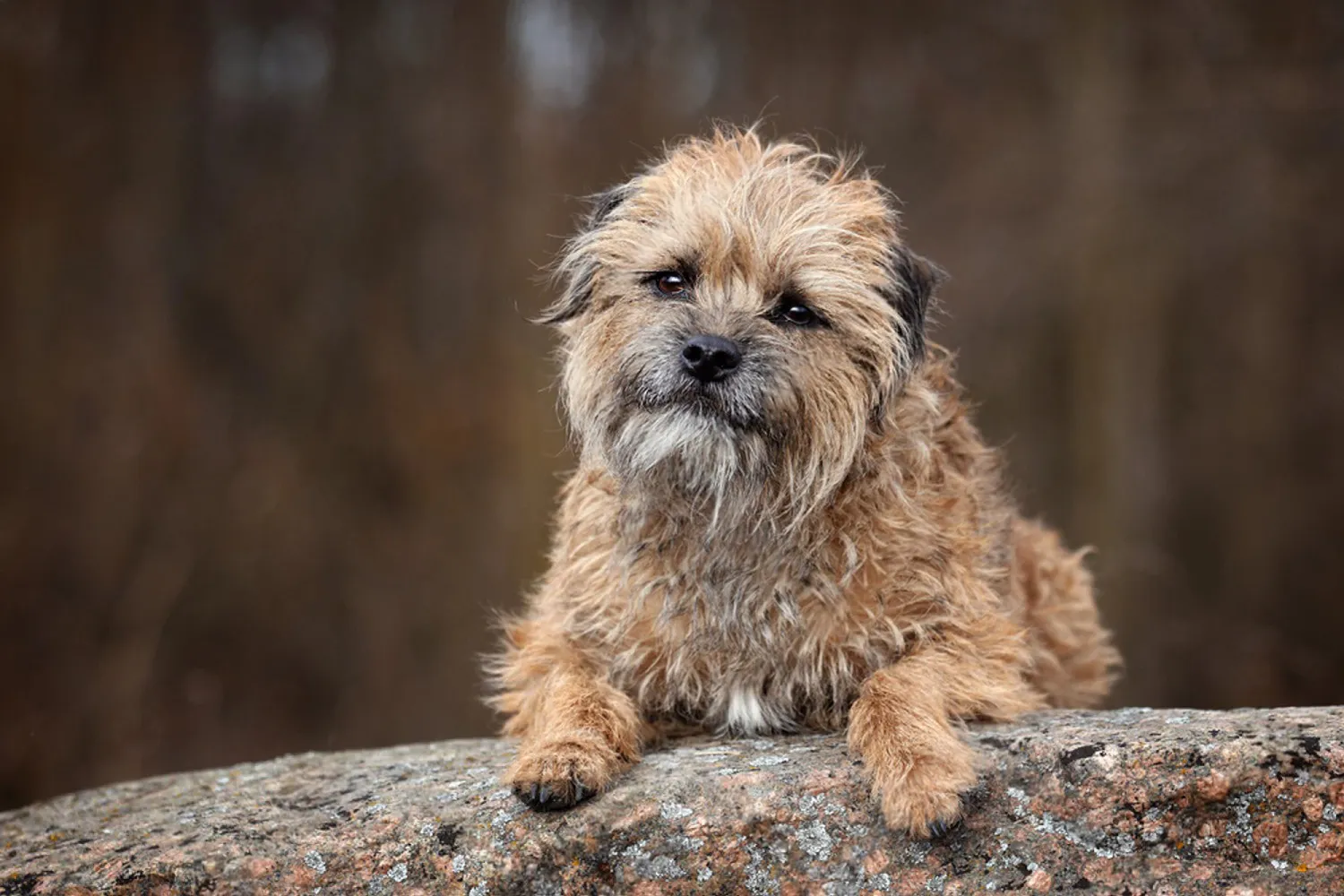
How Do Border Terriers Behave? A Look at Their Temperament and Personality
The first Border Terrier I ever dog sat, a wiry little spark plug named Pip, greeted me with a kiss, a wiggle, and an immediate invitation to play. That sums them up pretty well: bright, dynamic, affectionate, and a little scrappy in the best way. They’re friendly and loving with their people and usually happy to romp with other dogs, but there’s that classic terrier independence sometimes they look at you like, “I heard you. I’m just considering my options.”
That independent streak can make life interesting outdoors. Border Terriers are impulsive and intense, and if something furry darts by, they’ll likely go after it. I learned to use a long line on hikes and practiced recall games with extra tasty treats and lots of praise. Keep sessions short and upbeat; they’re clever and actually pretty easy to train when it feels like a game. Puzzle toys, nose work in the living room, and quick trick sessions can drain that busy brain in a satisfying way.
Around small children, think supervision and structure. I teach kids to roll a ball instead of grabbing, and I give the dog a “safe spot” to retreat to. Borders adore their families and play with gusto, but clear rules make everyone happier. Do that, and you get the best of them: lively, loving companions who make everyday life feel a bit more spirited like living with a tiny athlete who also wants to cuddle on the couch.
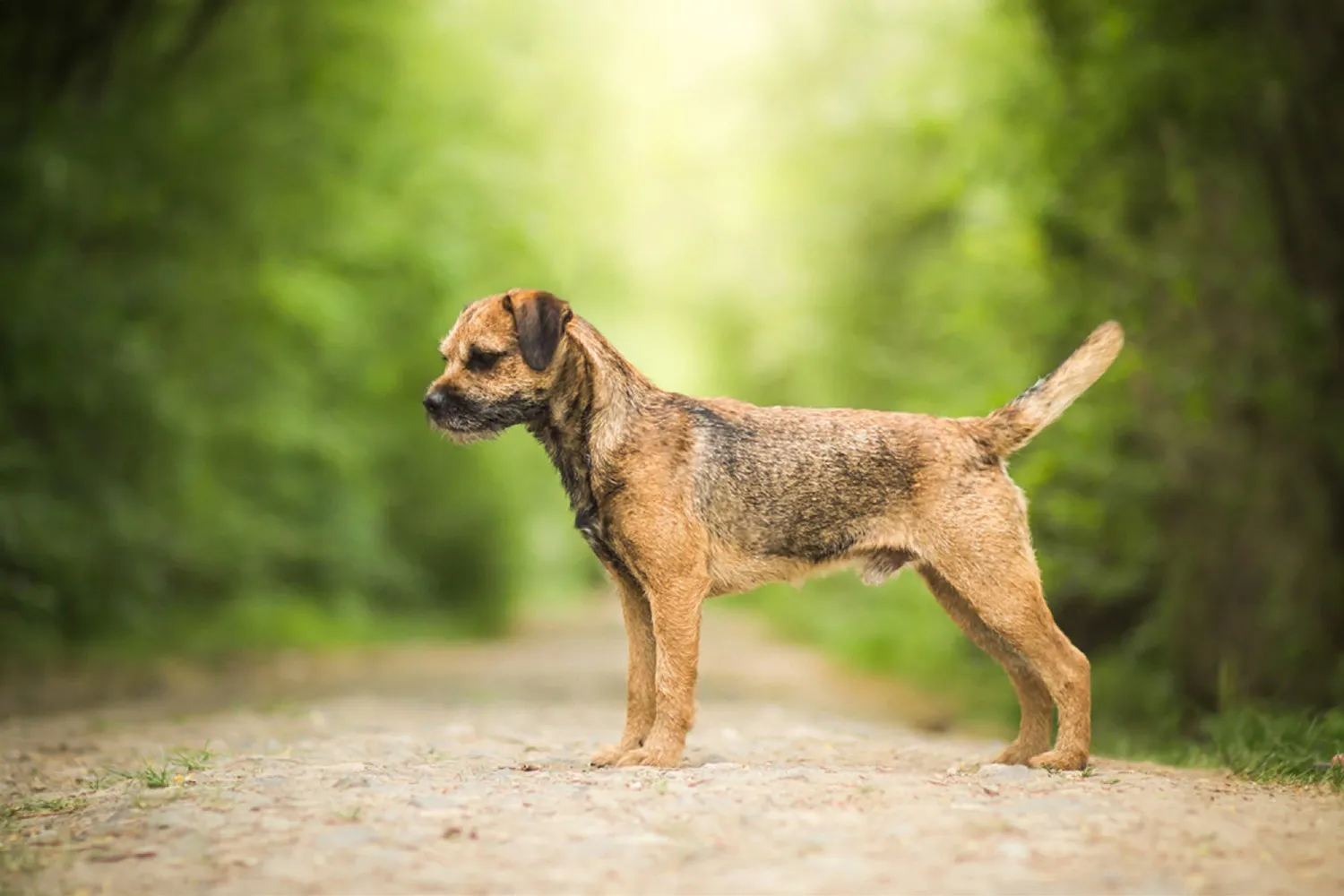
Do Border Terriers Have Common Health Issues?
Border Terriers are sturdy little go getters, and most live long, happy lives. Still, like many terriers, they can be prone to a handful of genetic health conditions. The good news? With smart breeding, regular vet checkups, and a watchful eye at home, you can catch most issues early and keep your pup feeling great. I like to do a yearly wellness exam with a trusted vet, keep notes on any odd symptoms, and ask lots of questions vets never mind a curious owner.
Hip dysplasia
This is when the thighbone doesn’t fit snugly into the hip joint, which can cause pain and mobility issues. Watch for bunny hopping, stiffness after naps, or reluctance to jump into the car. Keeping your Border Terrier lean is one of the best preventive steps I know extra weight makes joints work overtime. Low impact exercise, ramps for furniture, and, in severe cases, surgery may be recommended by your vet.
Heart disease and heart murmurs
A murmur is a sound your vet hears that can hint at underlying heart problems. Sometimes it’s mild and just needs monitoring; other times you’ll be referred for an echocardiogram. Signs to watch: tiring quickly on walks, coughing at rest, or fainting spells. My friend’s Border Terrier developed a mild murmur at nine and still enjoyed slow, sniffy hikes for years with medication and regular check-ins.
Juvenile cataracts
These can cause clouded lenses in young dogs, making the world look foggy. You might notice a grayish film in certain lighting or clumsiness with new obstacles. An eye specialist can confirm the diagnosis; surgery may restore sight when appropriate. While you wait on a plan, keep the home layout consistent and use toys that make noise to help your pup navigate confidently.
Progressive Retinal Atrophy (PRA)
PRA is a group of genetic disorders where the retina gradually degenerates, leading to vision loss and eventual blindness. Early clues include hesitation in dim light or bumping into things at dusk. There’s no cure, but dogs adapt amazingly well with a stable routine and voice cues. Responsible breeders screen for eye issues, so always ask about testing when picking a puppy.
Seizures
Seizures can be triggered by genetics or environmental factors. If you witness one, keep your dog safe by gently moving objects away and timing the episode then call your vet. I keep a simple “seizure log” on my phone to track patterns. Some dogs need medication; others just need close monitoring and trigger avoidance.
Epilepsy
Epilepsy is the name for recurrent seizures over time and may require long-term medication and regular bloodwork to manage doses. Many epileptic dogs live very normal, joyful lives I once fostered a terrier mix who had monthly check-ins and still demolished puzzle toys like a champ.
Allergic reactions
Border Terriers can be sensitive to certain foods, environmental allergens (like pollen or dust), or parasites. Tell tale signs include itchy paws, recurring ear infections, or tummy upsets. A vet led elimination diet can help pinpoint food triggers, and year round parasite prevention goes a long way. I swear by a quick paw rinse after grassy walks during high pollen season it’s a small routine that made a big difference for my itchy pup.
Helpful tips
– Choose breeders who provide health clearances for hips and eyes, and ask about any family history of heart issues or seizures.
– Keep your Border Terrier at a healthy weight; it’s the simplest way to protect joints and the heart.
– Schedule regular vet visits and mention any subtle changes, even if they seem minor.
– Consider pet insurance early, before any diagnoses, so you’re covered if something pops up later.
Border Terriers are tough, cheerful companions, and with a bit of proactive care, most health bumps are very manageable. Think of it as a team effort: you, your vet, and your scruffy sidekick, all looking out for one another.
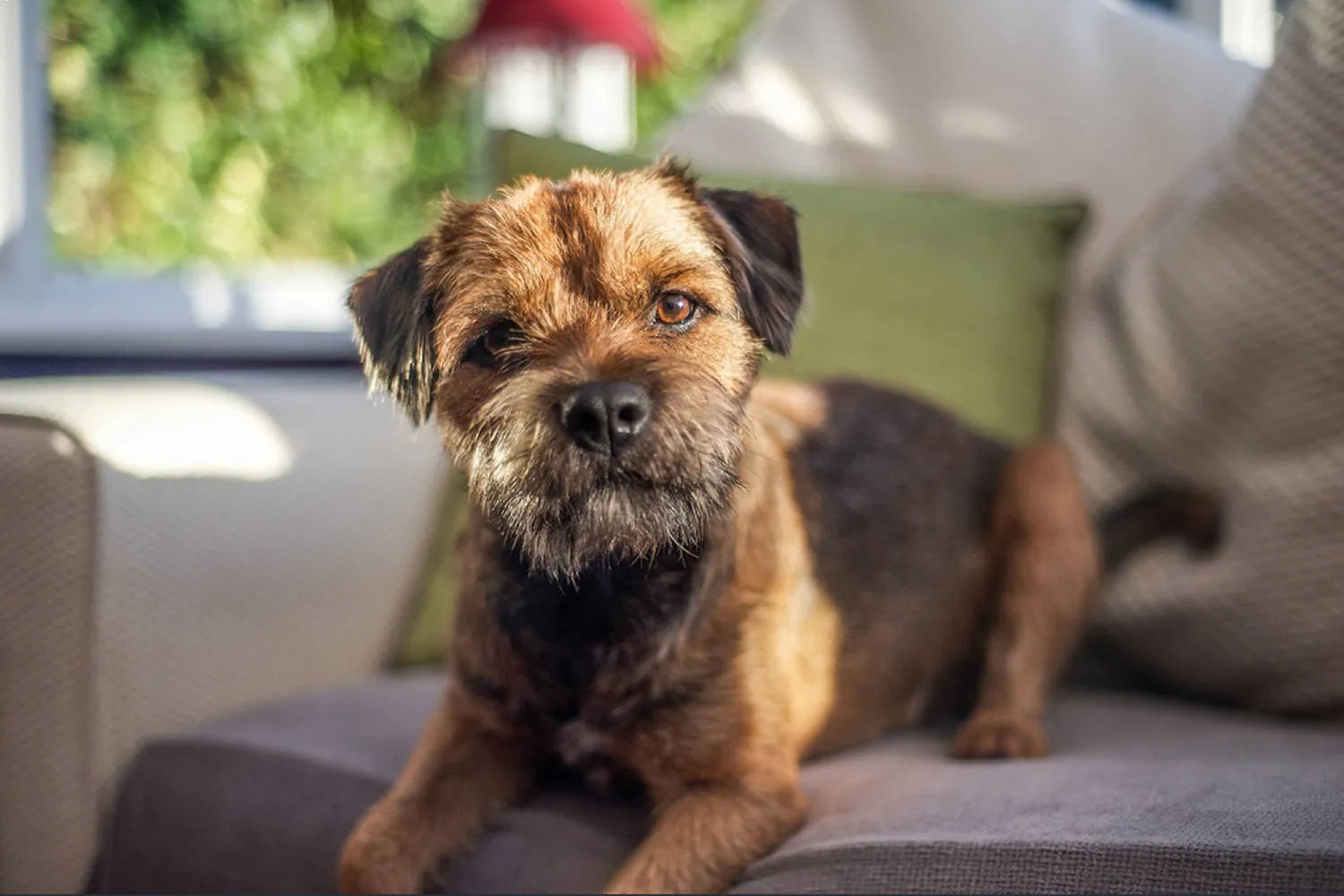
What is the lifespan of a Border Terrier?
Most Border Terriers live a happy 12 to 15 years, and they tend to pack a lot of joy into every one of them. They’re sturdy little companions with big hearts, and with good care it’s not unusual to see them buzzing around well into their teens. My neighbor’s Border, Molly, turned 14 last spring and still insists on trotting the last block home like she’s leading a parade.
How long they live often comes down to the everyday stuff: keeping them lean, feeding a balanced diet, and making sure they get daily exercise that suits their age. They don’t need marathon runs, but brisk walks, sniffy adventures, and a bit of play keep their bodies and brains in great shape. Regular vet checkups, dental care, and staying on top of vaccines and parasite prevention go a long way too. I like to start senior wellness panels around age 7 or 8-just simple bloodwork to catch little issues before they become big ones.
As they hit their golden years, you might notice a slower pace or a little stiffness after naps. That’s normal. A comfy orthopedic bed, slightly shorter but more frequent walks, and your vet’s advice on joint support can make a big difference. And don’t forget the fun stuff puzzle toys, gentle training refreshers, and new routes keep life interesting. One time I swapped our usual loop for a trail by the creek, and my old terrier lit up like a puppy again. Little changes, big smiles.
How Much Should a Border Terrier Eat?
Border Terriers are famously enthusiastic about food those bright eyes can make you think they’re starving five minutes after breakfast. Stick with a high-quality dog food, whether it’s a good commercial brand or a carefully balanced home prepared diet. Whatever you choose, it should match your dog’s life stage (puppy, adult, senior) and be right for their size. When I tried home cooking for a bit, I worked with my vet to make sure it was complete and balanced winging it led to a very unimpressed terrier and a lot of guesswork.
How much you feed will depend on age, activity level, and any health issues. Puppies eat more frequently and need extra nutrients for growth; adults usually do well on two meals a day; seniors may need fewer calories. Start with the feeding guidelines on your dog food bag as a baseline, then adjust. Big hike or a day of nonstop zoomies? A touch more. Rainy day nap marathon? A touch less. I like using a measuring cup or a small kitchen scale so the “scoop” is the same every time. Keep an eye on body shape: you should be able to feel ribs without digging and see a slight waist from above.
Because Border Terriers are so food motivated, training treats can add up fast. I often use part of their regular kibble as rewards and subtract that from the day’s portion. If I’m using special training treats, I keep them small and count them like currency I learned the hard way with my friend’s terrier, who gained a pound just from “good boy” snacks during a busy month of obedience class.
Skip human food and table scraps altogether. It’s the quickest road to extra weight, and once a terrier learns that the kitchen is a buffet, you’ll have a professional beggar on your hands. I had to gently remind family that “just a little” adds up, and our walks got a lot more huffy when his harness started to feel snug.
Fresh water should always be available. I refresh bowls morning and night and bring a collapsible water bottle on longer walks Border Terriers play hard, and they drink hard, too. If you’re unsure about portions or your dog’s weight, a quick chat with your vet can help you fine tune the plan so your little scruff stays lean, happy, and ready for the next adventure.
Border Terrier FAQs
Are Border Terriers cuddly?
For a breed that was built to chase foxes through hedgerows, Border Terriers are surprisingly snuggly. They’re loyal, people focused dogs who love being near their humans, and yes, that often means elbowing their way onto the couch for a proper cuddle. I remember my first Border figuring out that if he tucked himself behind my knees during a movie, he could stay warm and sneak in a nap. Even working or high energy Borders usually get more affectionate as they age and lose a bit of that puppy fizz. A tip: give them both outlets and downtime. A solid walk, a few sniffy games, and then an invitation to settle beside you most Borders will happily melt into your side.
Are Border Terriers good swimmers?
That wiry, weather proof coat does more than look charming it sheds water and helps them glide through a lake or stream. Their compact, athletic build and strong legs make them naturally capable swimmers. Some will cannonball into any puddle given half a chance; my friend’s Border, Wicket, will do dignified laps around the kids like a tiny lifeguard. Others prefer a shoreline wade and a good splash. Either way, introduce water gradually and keep it fun. Use a canine life vest for confidence, avoid strong currents, and rinse them off after a dip to protect skin and coat. A quick ear check and dry off go a long way toward avoiding irritation.
At what age should a Border Terrier be neutered?
There isn’t a one size fits all answer, but the general guideline for small breeds like Borders is after puberty often around six to nine months. Since individual dogs mature at different rates, your vet’s advice is your best compass. Neutering after puberty can offer health and behavioral benefits, including helping prevent aggression and marking behavior. When I scheduled my male at about eight months, our vet recommended a pre op exam and bloodwork, which gave me peace of mind. Plan for a calm recovery: short leash walks only, the cone (yes, they’ll act betrayed), and some food puzzles to keep the brain busy while the body heals.
Are Border Terriers hypoallergenic dogs?
Border Terriers are considered to be hypoallergenic, and many allergy sufferers do great with them. Their wiry outer coat barely sheds, they don’t drool much, and they tend to produce less dander than many breeds. Regular brushing and periodic hand stripping to remove dead hair keep things tidy and can make a big difference. My sneeze prone brother can’t visit some households, but he’s perfectly fine hanging with my Border after a good grooming session and frequent bedding washes. If allergies are a concern, meet a Border Terrier in person before committing, and keep up with simple routines HEPA filters, clean blankets, and a quick wipe down after muddy adventures. It’s a small price to pay for a faithful, whiskery companion.
Disclaimer:
This article is for informational purposes only and doesn’t replace professional veterinary or training advice. Always consult a certified vet or dog trainer for guidance specific to your pup.
